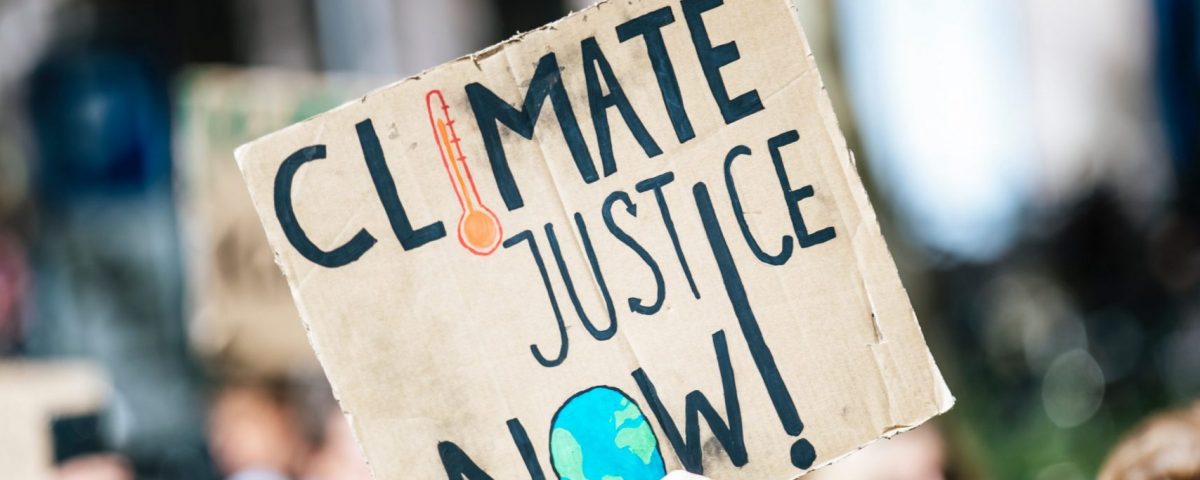
Elias Potashov Confirmed as Certified Ecological Restoration Practitioner (CERP)
January 26, 2022
Great Ecology Welcomes Yani Pohl, MESM!
February 7, 2022
How Individuals Can Influence Leaders on Climate Change
Author: Liz Clift
Chances are reasonable that at some point in the past week or so, you saw a headline that read “1 in 3 Americans now ‘alarmed’ by climate change. Why aren’t our leaders?” This stemmed from an editorial in the LA Times editorial board, based on the results of a long-running survey conducted by researchers from Yale University and George Mason University.
The researchers offer six categories: alarmed, concerned, cautious, disengaged, doubtful, and dismissive (and defines each of those) as it relates to climate change and offer some useful graphics to show how people have shifted their opinions over the past five years—but the survey’s been around much longer than that. When the survey began in 2008, the concerned were the single largest group—and ‘alarmed’ was the second smallest group.
The editorial board posits that the change in public opinion is being driven by experience—including the fact that more than 1 in 3 American live in a county that was impacted by climate related disasters last year. Despite this, state and federal leaders have failed to take decisive action that would help curb some of the impacts of climate change.
And for individuals, businesses, and government alike it can be hard to make those changes.
The Build Back Better bill is stalled in Congress. Our national infrastructure doesn’t particularly support people using alternative (and more climate-friendly) modes of transportation to get around (even in the face of rising gas prices), which would help reduce emissions. Consumers have very little choice about the single-use plastics that are put in their products. The list is long.
So what are individuals to do to put pressure on businesses and government?
The good news is that there are also a lot of options for this! None of what I suggest below are perfect solutions—and a lot of them require either good faith in companies to do what they say they’re doing or commitment over the long haul from you (and others in your community).
• Join or form community or advocacy groups focused on active transportation. Active transportation refers to human scaled (and generally human-powered) ways of getting around. This can include interest-specific groups or more generalist groups that focus on multiple modes of active transportation. These groups are also generally aware of—and try to make others aware of—opportunities to provide community feedback to policy makers.
• Support initiatives that make busing fare-free your municipality—and if there’s no one working on that type of policy, maybe you and some others who care about equitable transportation options—should be the one to start it!
• Shift away from plastics—and not just single use ones! This can include making the change to refillable containers for common household goods from shampoo and dental floss to all-purpose cleaner and cheap pens, choosing natural fibers over synthetic ones (yes, fleece and synthetic down do offer some cool advantages, but they’re also made of plastics!), and of course—all the single use items you can make a change about.
• Support retailers that have committed to more sustainable packaging. While that probably means shopping smaller or even locally (online or in person), it may open your eyes to how things could be. For example, I made the choice to support an independent rice farmer through a crowd-funding campaign—and the bag of rice they sent me was packaged in duff from the rice harvest. I loved it—and I loved that it had enough viable seeds for me to grow a few stalks of my own rice. I also appreciate the retailers who just put the thing in the right sized box—or who celebrate when I toss my purchases into my backpack (and sometimes a reusable bag or two).
• On a similar note, when you can, support retailers who are committed to the climate—whether that’s carbon neutrality, offering pesticide free and shade grown coffee, who are offering bulk containers to allow you to refill your smaller containers, those who choose locally sourced foods when they’re able, and myriad other options. And, while you’re at it, encourage your social networks to support these businesses too.
• Make demands about how your items are made and where they’re sourced (and be prepared to give up products you love). This can range from buying products that don’t use palm oil to purchasing recycled toilet paper to supporting local producers to never getting another free t-shirt from a race (these are often made using conventionally grown cotton and slave labor)—and perhaps be vocal to the companies about your choice to stop (or start!) using their product.
• Show up to town hall and city council meetings. I know, for most of us this is incredibly boring. But we have the most power to influence local decisions. Does your town have a climate resiliency or climate protection plan? A sea level rise plan? If not, maybe they should develop one—and if they do already have one or more of these plans in place, these meetings are probably where information about the plans is disseminated and discussed.
This list is far from comprehensive. You may already be involved in cool projects that are making change or at least have potential to influence change. This may be especially true if you can use your sphere of influence to help persuade others to join you (and they can persuade still others) to create some critical mass. We can both make change and influence change.
We just have to want to do it.

